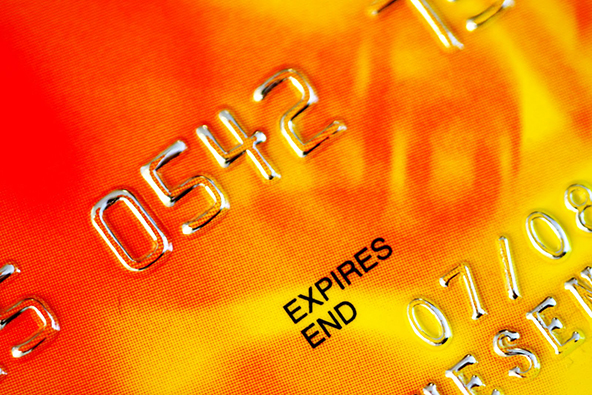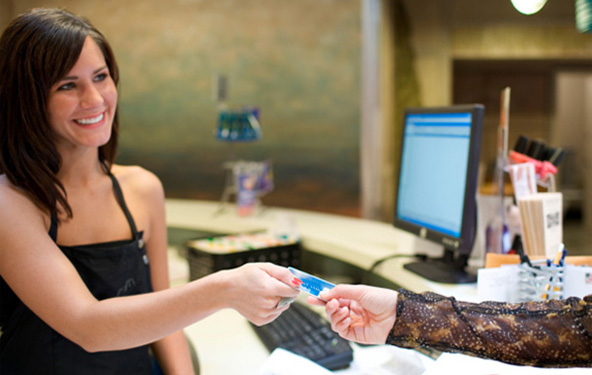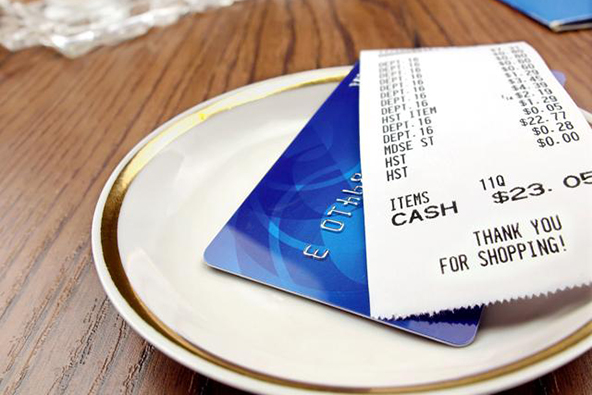7 Steps to Preventing MasterCard Fraud

Fraud is generally a lesser concern for merchants accepting credit cards in a face-to-face setting than it is for their mail order, telephone order, and e-commerce counterparts. The presence of the card during a transaction allows merchants to physically inspect it and verify its validity. The same can and should be done to authenticate the cardholder when in doubt.
In this post I will offer a seven-step process for preventing fraud in face-to-face MasterCard transactions.
7 Steps to Preventing MasterCard Fraud
Every time a customer presents a MasterCard card for payment, you should go through the following checklist:
- Check the card number. All MasterCard account numbers are located on the front of the card and begin with the number “5.” If the account number is embossed (raised), the numbers should be clear and uniform in size and spacing and extend into the hologram (if placed on the face of the card). The last four digits of the account number on the face of the card should be identical with the four digits printed on the signature panel on the back of the card.
- Examine the hologram. The three-dimensional MasterCard hologram with interlocking globes should reflect light and appear to move when the card is rotated. It is typically located on the front of the card, either above or below the logo. However, on some new card designs, the hologram may be placed on the back of the card or integrated into the magnetic stripe.
- Compare signatures. The signature panel on the back of the card must be signed and the signature should match the one on the transaction receipt. Inspect the panel to ensure that it has not been erased or altered in any other way. If you see the word “Void” there, that is an indication that the signature panel has been tampered with.
- Inspect the magnetic stripe. The mag-stripe on the back of the card should appear smooth and straight, with no signs of tampering.
- Stay up-to-date on new card designs. Since 2009 MasterCard member banks have been issuing unembossed cards, in addition to embossed ones. Unembossed cards look and feel different – they have a flat surface, with no raised (embossed) numbers – so a manual imprint cannot be taken. You can only accept such cards with a point-of-sale (POS) terminal.
- Check the expiration date. You can only accept cards before the last day of their “valid through” date.
- Ensure that your customer is an authorized user of the card. If it appears that the signatures don’t match or your customer behaves in a suspicious or unusual manner, you should verify that he or she is an authorized user of the card, before completing the transaction.
If at any point you become suspicious either about the card or your customer, you should make a Code 10 call to your processor’s authorization center. You will then be transferred to the card’s issuer and instructed how to proceed with the transaction.
The Takeaway
Accepting cards face-to-face should be a safe and straightforward process. Going through the above checklist should take a trained person a few seconds, which is about the time it takes to receive a response to your authorization request. Do it every time and you will have no fraud-related issues to deal with.
Image credit: Financnik.info.


